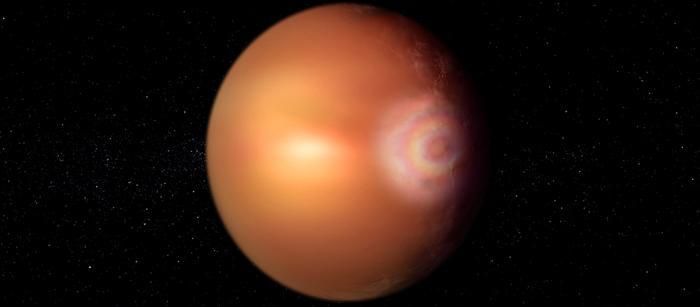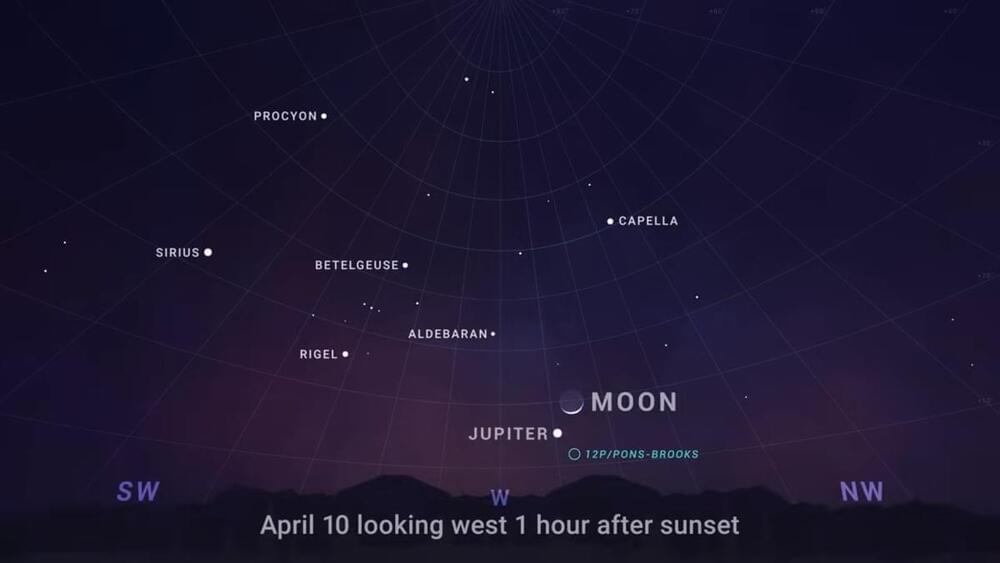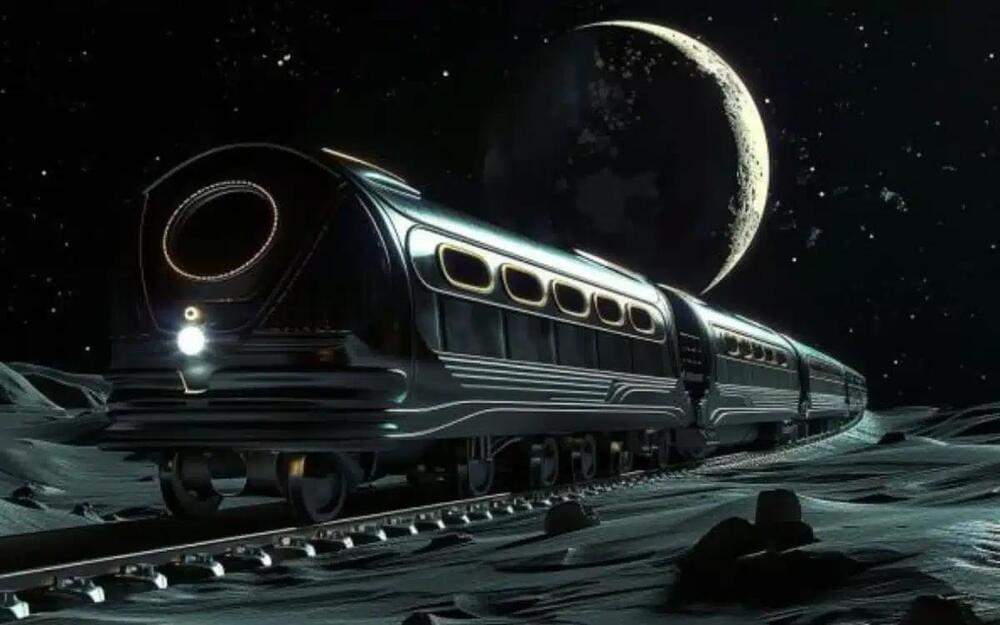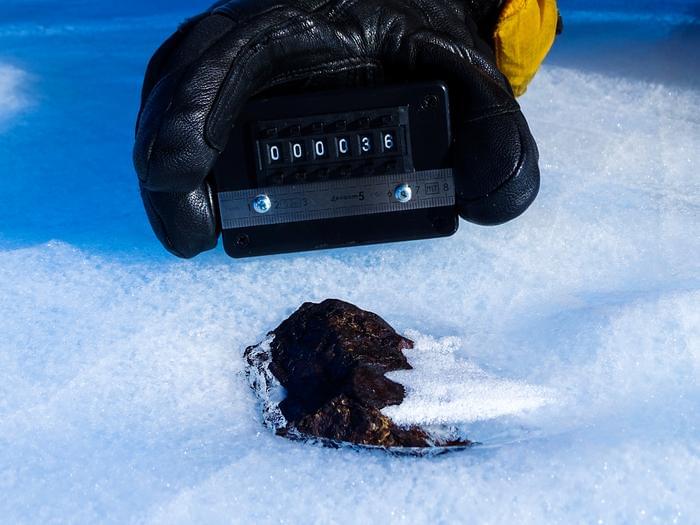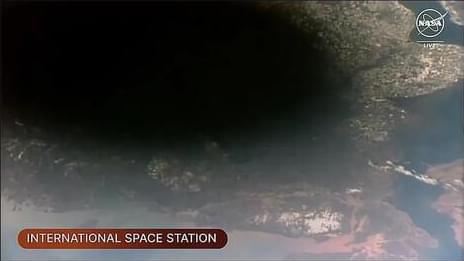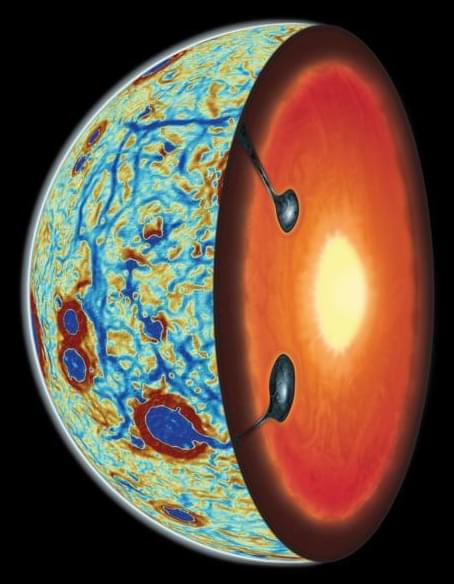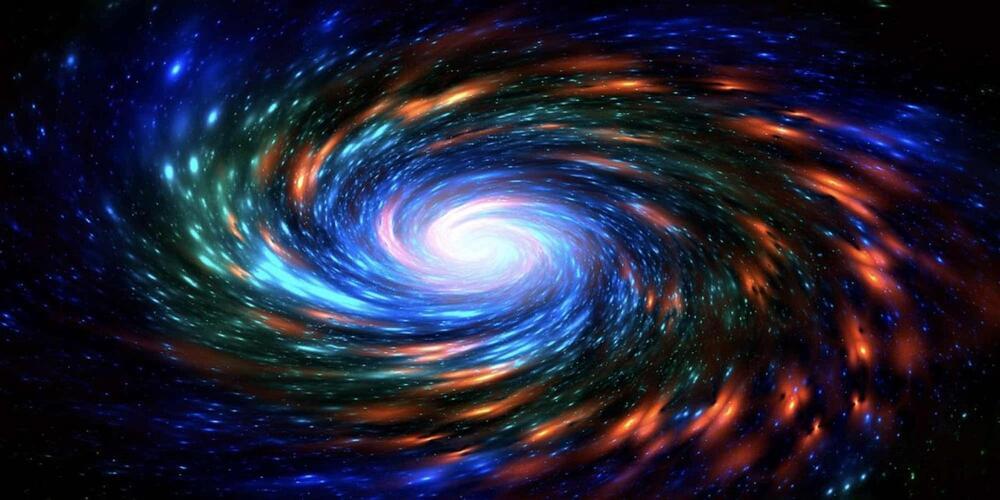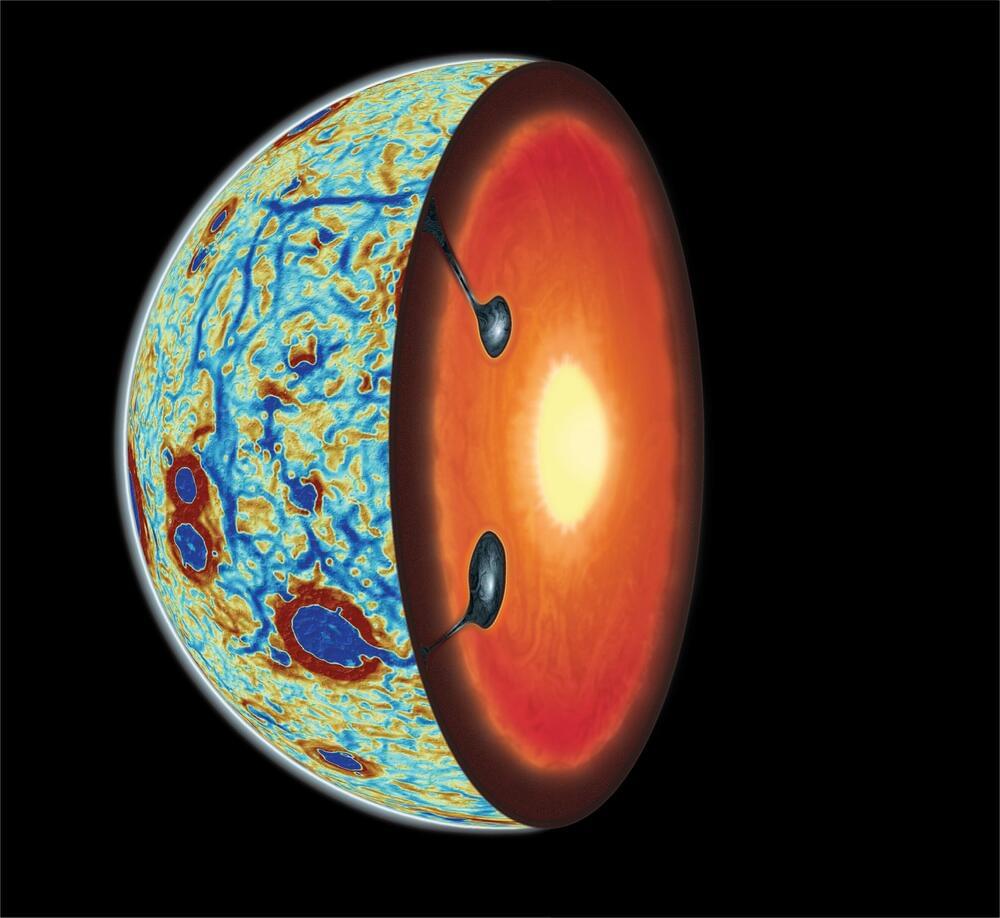Apr 10, 2024
The proton engine Einstein predicted, created for the first time: challenges the laws of the universe and makes cars sustainable
Posted by Shailesh Prasad in categories: nuclear energy, physics, space, sustainability
Do you know what they’ve discovered? This is the proton engine that Einstein predicted decades ago and that, for the first time, they’ve managed to materialize. The best part? It challenges even the laws of physics and the universe, and it’s going to decarbonize transportation.
Nuclear fusion has long been a sought-after but elusive goal for science. It involves joining atomic nuclei to release energy, the same process that occurs in the Sun and other stars. In fact, it’s a process similar to what we saw two weeks ago with the plasma engine.
Unlike nuclear fission used in current nuclear power plants—which, remember, we are highly critical of due to its lack of being an eco-friendly or renewable option—fusion offers the promise of a virtually inexhaustible and clean energy source.

